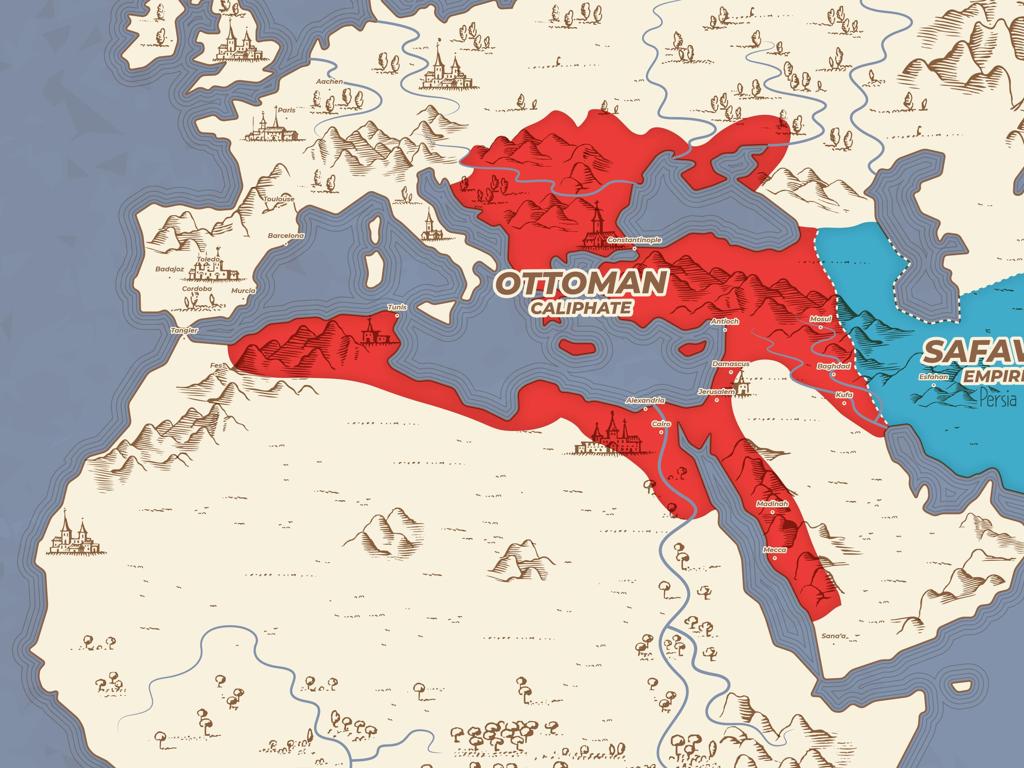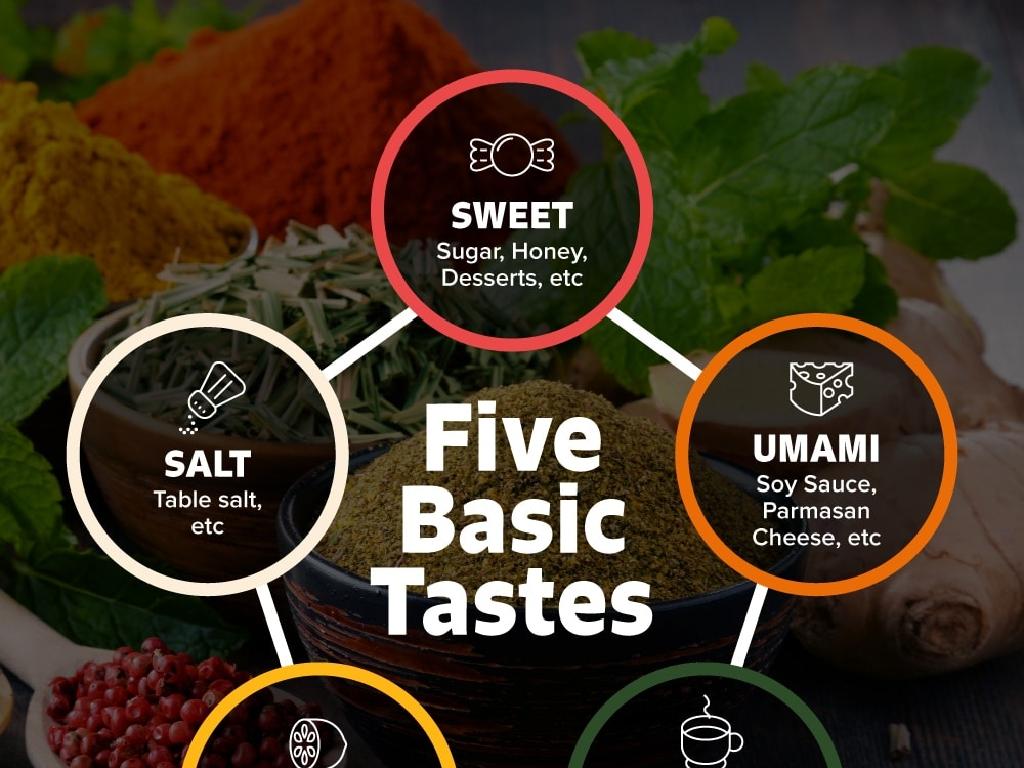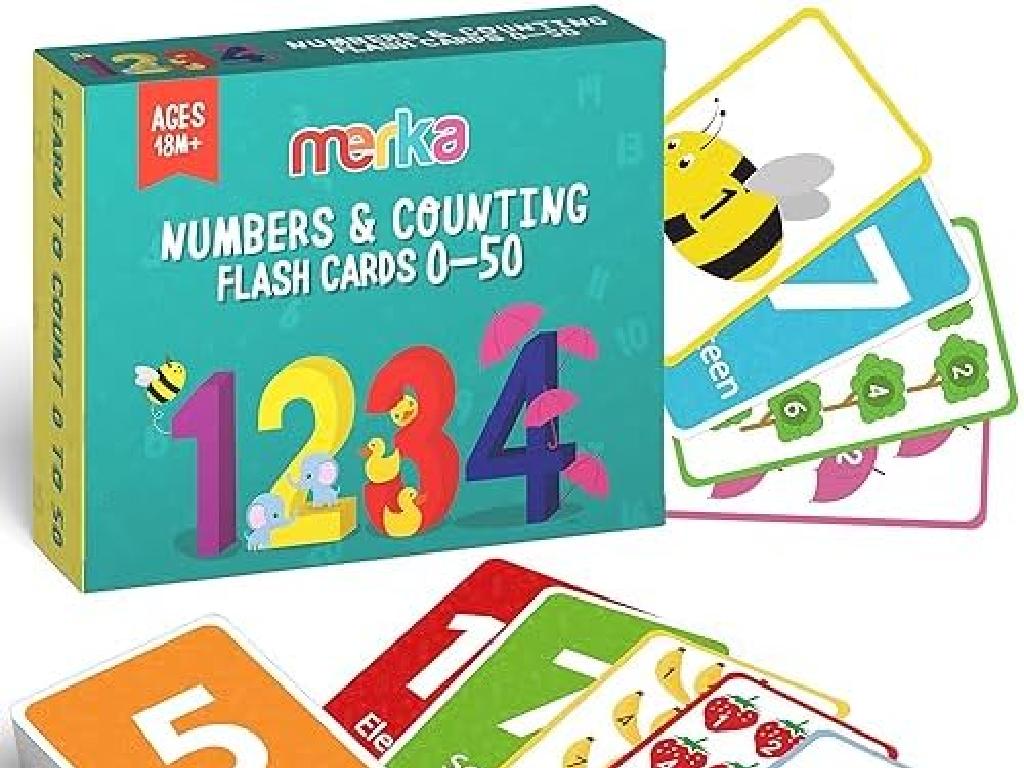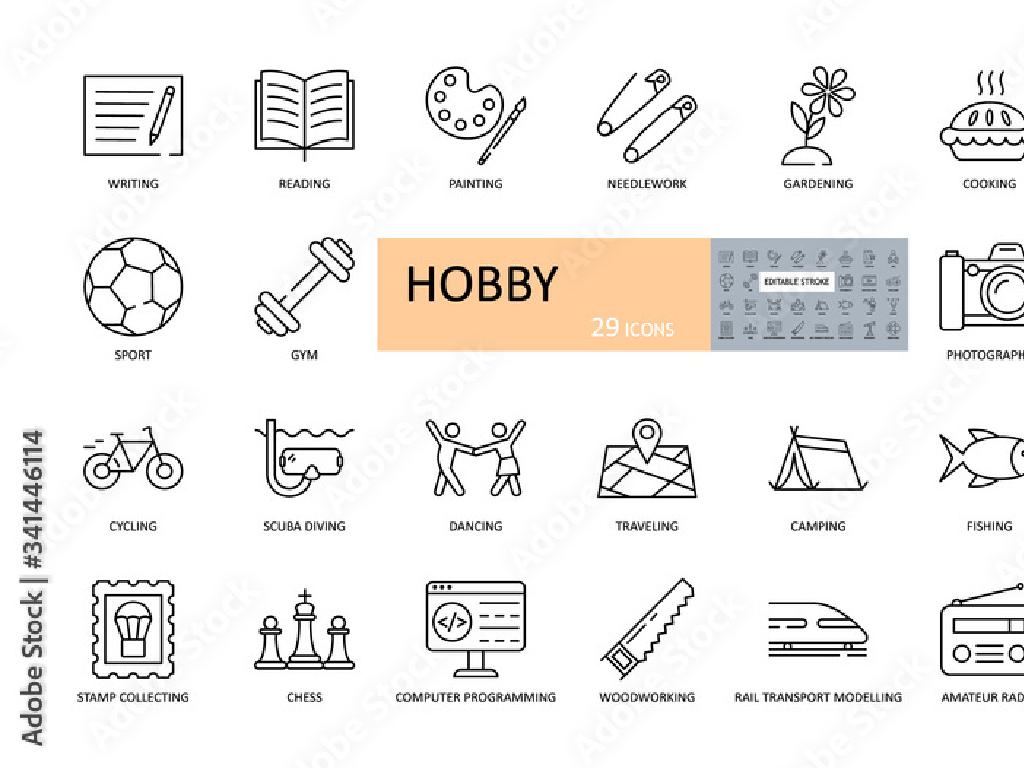Match Offspring To Parents Using Inherited Traits
Subject: Science
Grade: Third grade
Topic: Heredity
Please LOG IN to download the presentation. Access is available to registered users only.
View More Content
Introduction to Heredity: Traits Passed Down
– Heredity: Traits from parents
– Inherited traits in us
– Traits like eye color are inherited
– Animal traits examples
– A kitten’s fur color or a puppy’s ear shape
– Plant traits examples
– A flower’s petal color or a tree’s leaf shape
|
This slide introduces the concept of heredity, which is how parents pass down traits to their offspring. Explain that inherited traits are features or characteristics that children receive from their parents, such as eye color, hair color, or even the shape of their nose. Provide examples of inherited traits in animals, like the color of a kitten’s fur or the shape of a puppy’s ears, and in plants, such as the color of a flower’s petals or the shape of a tree’s leaves. Encourage students to think of traits they have inherited from their own parents and to observe these traits in the natural world around them. This will help them understand the concept of heredity in a relatable and tangible way.
Traits in Our Lives
– Identify traits in ourselves
– Look at hair color, eye color, and more
– Traits shared with family
– Compare your traits with your family’s
– Traits unique to us
– What makes you different from your friends?
– Understanding heredity
|
This slide aims to help students recognize and understand traits, which are characteristics passed from parents to children through genes. Start by having students identify their own traits, such as hair and eye color, and then discuss traits they share with family members, highlighting the concept of heredity. Encourage them to think about traits that make them unique, emphasizing individuality. The goal is to make students aware of the role genetics play in their lives and to appreciate both shared and unique characteristics. Activities can include drawing family trees with traits, comparing traits with classmates, and discussing how traits are inherited.
Parent and Offspring Similarities
– Offspring are the children of parents
– Offspring inherit traits from parents
– Traits like eye color, hair type, and height are passed down.
– Examples of inherited traits
– A kitten may have the same fur pattern as its mother, or a baby bird might sing a similar song to its father.
– Why similarities occur
|
This slide introduces the concept of heredity to third-grade students by explaining the relationship between parents and their offspring. Offspring are the children or young of their parents and they inherit various traits from them. These traits can be physical, like the color of their fur, or behavioral, like the way they sing. Provide clear examples that children can relate to, such as family resemblances in humans or similarities between pets and their parents. Emphasize that these similarities are due to inherited traits, which are passed from one generation to the next. This sets the foundation for understanding genetics and heredity in later grades.
Inherited Traits in Animals
– Traits like fur color and beak shape
– Animals inherit traits like fur color and beak shape from their parents.
– Match baby animals to their parents
– Look at pictures of baby animals and guess their parents based on similar traits.
– Discuss traits’ role in survival
– Some traits help animals survive better in their environment.
– Activity: Traits Matching Game
|
This slide introduces the concept of inherited traits in animals, such as fur color and beak shape. Explain that these traits are passed down from parents to their offspring. Use visual aids to help students match baby animals to their parents by observing similarities in their traits. Discuss with the class why certain traits might be advantageous for survival in different environments, such as camouflage or beak shape for feeding. The activity will involve a game where students match pictures of baby animals to their parents, reinforcing their understanding of heredity and the importance of specific traits for survival. Provide examples like a duckling with webbed feet like its parent, indicating adaptation to an aquatic habitat.
Inherited Traits in Plants
– Leaf shapes in plants
– Leaves can be round, pointy, or heart-shaped
– Flower colors variation
– Flowers come in many colors: red, yellow, blue, etc.
– Different seed types
– Seeds can be tiny like poppy seeds or big like pumpkin seeds
– Activity: Match plants to parents
– Use pictures to connect baby plants to parent plants
|
This slide introduces the concept of inherited traits in plants, such as leaf shapes, flower colors, and seed types. Explain that traits are passed from parent plants to their offspring, much like in humans. For the activity, provide students with images of various plants and their possible offspring. Students will observe the traits and match the offspring to the parent plants based on similarities in leaf shape, flower color, and seed type. This hands-on activity will help solidify their understanding of heredity in plants. Prepare to guide them through the activity, ensuring they understand why certain matches are correct.
Traits and Environment
– Environment impacts traits
– Traits can change depending on where a creature lives, like fur thickness in cold places.
– Traits for survival
– Some animals have camouflage to hide from predators, or sharp teeth to help them eat.
– Discuss helpful traits
– Why would thick fur or camouflage be good for animals? Let’s talk about it!
|
This slide aims to teach students how the environment can influence the traits of living organisms and how certain traits can be advantageous for survival. Start by explaining that traits are not only inherited from parents but can also be affected by where and how an organism lives. For example, animals in colder climates often have thicker fur. Discuss traits like camouflage, which helps animals blend into their surroundings and avoid predators, or sharp teeth for carnivores to catch prey. Encourage the students to think about why these traits are beneficial and to come up with other examples of environmental influences on traits. The discussion will help solidify their understanding of the relationship between an organism’s traits and its habitat.
Class Activity: Trait Scavenger Hunt
– Understand scavenger hunt rules
– Find classmates with matching traits
– Look for hair color, eye color, etc.
– Find classmates with different traits
– Notice different heights, ear shapes, etc.
– Create a trait chart
– Use a chart to record the traits observed
|
This interactive class activity is designed to help students understand heredity by observing inherited traits among their classmates. Provide clear instructions for the scavenger hunt, ensuring safety and respect. Students should look for both similar and different traits, such as hair and eye color, height, and ear shape. They will then create a chart to record their observations, which will help them visualize the concept of heredity and how traits are passed down. Encourage students to discuss their findings and reflect on the diversity of traits in their class. Prepare to facilitate the activity by organizing the class into small groups and providing materials for chart-making. Offer guidance and support as they engage in the scavenger hunt.
Review: Traits from Parents to Offspring
– Recap: What are inherited traits?
– Traits passed down from parents to children, like eye color or leaf shape
– Matching offspring with parents
– We looked at traits of offspring and parents to see the similarities
– Why traits matter in heredity
– Understanding traits helps us predict how offspring might look
– Q&A session
|
As we conclude our lesson on heredity, let’s review the key points. Inherited traits are characteristics that are passed from parents to their offspring, such as hair color in humans or leaf shape in plants. We’ve learned how to match offspring to their parents by looking at these traits and identifying similarities. This understanding is crucial as it lays the foundation for predicting how future generations may appear and helps us grasp the concept of heredity. Now, let’s open the floor for any questions the students might have, allowing them to clarify their understanding and engage with the material more deeply.





